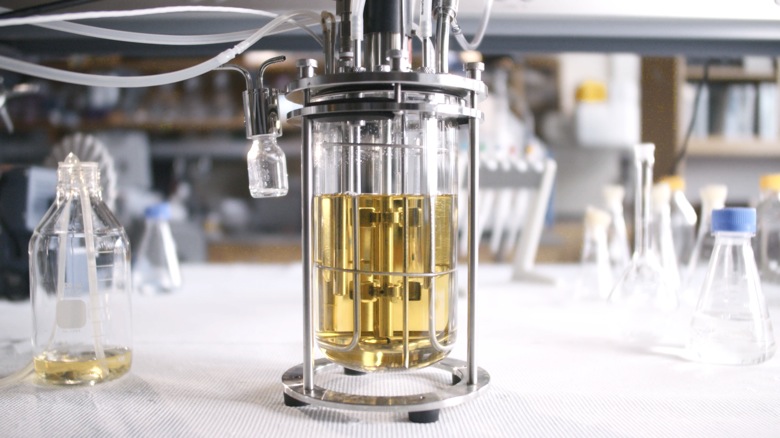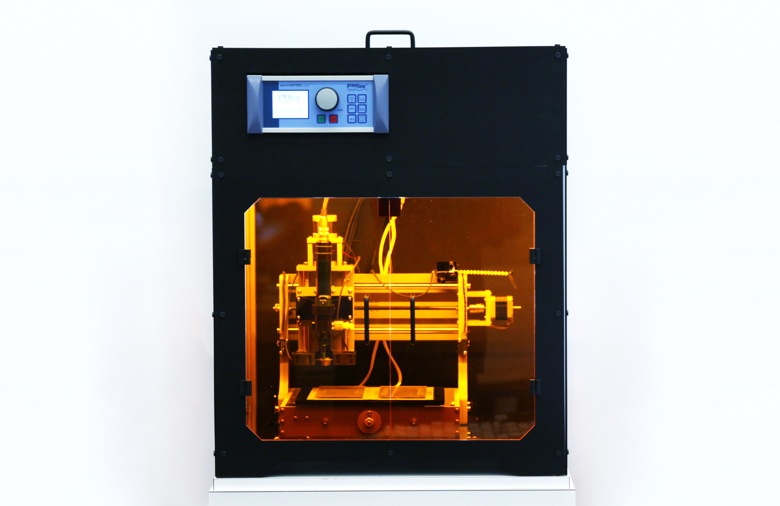We have already witnessed numerous ways that sensors and robotics can be implemented into 3D printing projects, using non-printed components to cause a reaction in the printed material. In fact, another MIT team has recently printed onto stretchable textiles in order to create wearer-reactive footwear, one of the many examples of how our bodies and external environment can literally shape what we are wearing.
But what make this latest MIT Media Lab innovation, which was conceptualized by Media Lab designer Lining Yao, even more unique is that this reactive material isn’t implemented as a non-printed component. Instead this organic material research project, coined with the name bioLogic, is actually 3D printing bacterial cells called natto, a microorganism found in dry rice stalks discovered by the Japanese.
What makes this bacteria ideal for a reactive material is its ability to expand and contract, depending on the moisture of the surrounding environment. These natto cells are first grown within the MIT bio lab, measured with an Atomic Force Microscope, and scanned with AFM probes in order to reach nano resolution, where the resulting bacterial material is extruded onto the bioLogic ‘bio-skin’, with a micron-resolution bio-printer.
The garment used by the bioLogic team is infused with the 3D printed natto cells, which allows the tight-fitting ’Second Skin’ garment to transform and respond to the wearer’s body heat and sweat.
Once this natto-infused bio-skin is impacted with the wearer’s body heat, the flaps within the garment open up in a reactive fashion, allowing for a quick cool down and also the evaporation of sweat. The MIT Lab bioLogic team is collaborating with New Balance on the current ‘Second Skin’ project, showing a potential real-world application for this bacterial material within fashion industries such as sportswear.

The MIT Media Lab team has also shown other ways that this bio-hybrid film can be used beyond the “Second Skin”. The team also details the bioLogic material being utilized for shape and color changing, such as a tea leaf infused with the natto material that is able unfold when the tea is hot and ready. The microorganism-based material proves that organically-based materials can work as a reactant just as well as sensors and other non-printed components. With the combined use of reactive materials and 3D printing technology heating up at the moment (especially within the confines of MIT), this rice-based bacteria could soon change the way our clothing reacts to our bodies and external environment.






